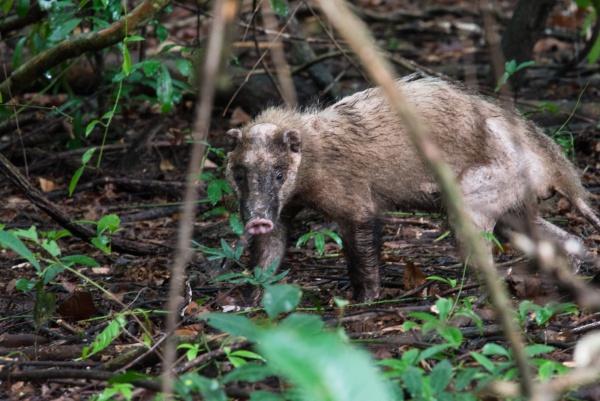Facts About Hog badger
The hog badger, also known as the greater hog badger, is a remarkable creature native to Central and Southeast Asia. Unfortunately, it is currently classified as Vulnerable on the IUCN Red List, primarily due to poaching, which has led to a significant decline in its population.
This animal has a distinctive appearance, characterized by medium-length brown fur, a stocky build, a white throat, and two black stripes on its white face. Its snout is notably pig-like. In terms of size, it is one of the larger members of the mustelid family, with a body length ranging from 55 to 70 cm, a tail length of 12 to 17 cm, and a weight between 7 and 14 kg.
Hog badgers are found in countries such as Thailand, India, Bangladesh, China, Myanmar, Indonesia, and Mongolia. They inhabit tropical forests and grasslands and have various subspecies depending on the region. These badgers are diurnal, meaning they are active during the day, and they have an omnivorous diet that includes fruits, roots, and small animals.
Regarding their conservation status, the greater hog badger, the northern hog badger, and the Sumatran hog badger are considered distinct species. The greater hog badger is listed as Vulnerable, while the other two are categorized as Least Concern.
Interestingly, in Myanmar, hog badgers exhibit no specific preference for being active during any particular time of day or night, and they do not appear to be very wary of humans.

 Kyrgyzstan
Kyrgyzstan